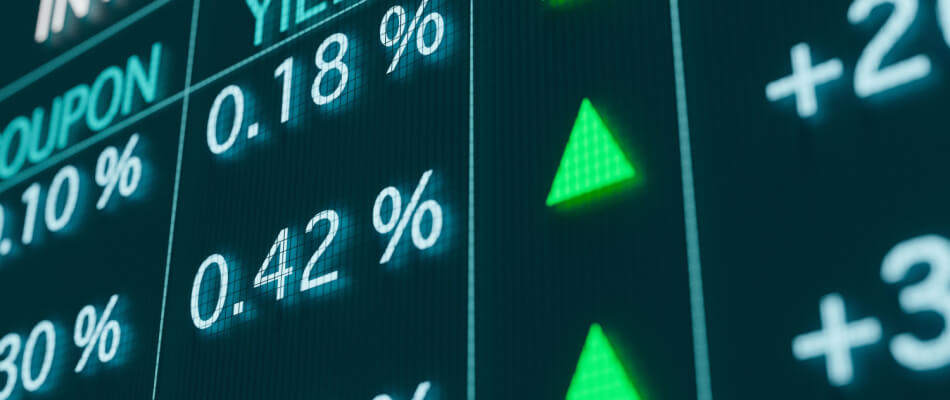How do you earn money from bonds?
Investing in bonds means in concrete terms that you lend your money to a government or a company. If you buy Dutch government bonds , this means that your loan temporarily ends up in the Dutch treasury and is used from there for all kinds of different government expenditures. In these situations, a fixed term, such as 10 years, is often set in advance. In other words: in such a case, the Dutch state can use your loaned money for that period of 10 years and at the end of that period you get that loan amount back. You also get compensation for this in the form of interest, also called the coupons of bonds .
Fixed interest rate, the coupon of bonds
Of course you want to receive a reasonable compensation for lending your money. This happens periodically (usually annually) on the basis of a coupon rate.
In most cases, this involves a fixed interest payment. You then know exactly how much interest you can expect at the end of each period. The fact that the term coupon interest is still a common term for bonds dates back to the time when bonds were still literal securities. At that time, paper bonds still had paper strips (the coupons) attached to them that investors had to exchange at the end of the interest periods in order to receive their interest payment. In the current digital age, the bond interest to which you are entitled is automatically added to your bank account at the end of each period. In addition to the coupon interest, you can also earn a return on bonds with the price development.
Bond coupon with a variable interest rate
Bonds with a variable interest rate apply. For many of these types of bonds, the periodic interest to be paid is linked to an overarching interest rate. For example, the Euribor. But all kinds of other parameters can also play a role in determining the correct variable interest rate. The exact rules in this area are explained in detail when issuing such a type of bond. Do you find these specific rules unclear or complicated? Then read up on them or seek help.
Zero coupon bonds
There are also variants where all interest accrued during the term of the bond is only paid to you on the final maturity date. You then receive the loaned amount PLUS all accrued interest in your bank account in one go, which are called zero coupon bonds. This deferred interest payment ensures that the bond actually becomes more valuable, which means that in economically difficult times it can also take up an attractive position on stock exchanges and you can make extra yield gains with it.

Bond Rating
In order to estimate the risks involved in investing in specific types of bonds, the expertise of so-called rating agencies is often called upon. Well-known names in this area include Moody’s, Standard & Poors and Fitch. This is what the ratings of these agencies mean:
– AAA: maximum credit rating
– AA: high credit rating
– A: above average creditworthiness
– BBB: below average creditworthiness
– BB: speculative creditworthiness
– B: highly speculative creditworthiness
– CCC: significant risk
– CC: chance of default of payment
– C: very speculative
– CI: no longer pays interest
– D: fails to pay
Compare brokers and start investing in bonds
Are you excited about investing in bonds after reading this article? Check out brokers that offer bonds and find the broker that suits you best!